Athletes are susceptible to muscle strains, ligament sprains, lateral and medial epicondylitis, runner's knee, ankle sprains, and knee ligament tears.
According to Dr. Calvin Q Trinh, Director of HMR Rehabilitation Center, Phuong Chau International Hospital, when playing a specific sport, the frequency of repetitive activity in several separate muscle groups related to that sport is much higher than the remaining muscle groups. This leads to an imbalance of "strength and weakness" between muscles and muscle groups, changing the center of gravity and pressure on the surface of the joints as well as the joint axis, leading to the risk of injury when playing sports.
Below are 7 common injuries that athletes can easily encounter, according to Dr. Trinh.
Muscle tension
Muscle strain is a condition in which a muscle is overstretched, causing pain and limited range of motion.
Muscle strains occur in most sports due to imbalances in the muscular system, creating great and constant pressure on bones, joints and nerves.
When you have a regular, high-intensity training regimen, it will cause a specific muscle group to be overloaded and tend to shorten, causing muscle pain and fatigue while the opposing muscles become weak and tense.
Muscle strain often has symptoms such as pain, tension, fatigue, even cramps, muscle spasms and limited range of motion when moving.
Ligament sprain
Sprain is a condition where the ligament is stretched, stretched too much but not completely broken, causing severe pain, the damaged area has signs of swelling, pain, usually due to sudden pulling, tearing force, causing the joints to move outside the normal range.
In soccer, basketball, volleyball, badminton, tennis, skateboarding, athletics, weightlifting... players have movements such as running, turning, twisting arms, legs or body suddenly, jumping high and then landing in the wrong position or with the non-dominant foot, using hands to support themselves when slipping and falling, or flipping high heels... which can easily cause ligament sprains.
Sprained ligaments often cause pain, swelling, bruising, and joint pain.
Tennis Elbow Syndrome (Lateral Epicondylitis of the Humerus)
Tennis Elbow is a painful condition in the elbow caused by inflammation of the tendons of the extensor carpi radialis muscle that attach to the lateral epicondyle of the humerus. This condition can occur when the tendons of the forearm are frequently overused, subjected to pressure and lead to injury, causing inflammation.
This syndrome often appears in people who play sports such as tennis, badminton, golf, rowing, bowling...
People with this syndrome have symptoms of inflammation and pain in the elbow area, limited elbow flexion and extension, and increased pain when moving. When it progresses, tendonitis can cause pain at any time (shaking hands, driving, holding heavy objects...).
Golfer's Elbow Syndrome (Inflammation of the medial epicondylitis of the humerus)
Similar to Tennis Elbow, this condition occurs due to overuse and trauma to the elbow joint. It is an inflammation or tear of the flexor tendon at its attachment to the humerus.
Symptoms include pain, swelling and redness on the inside of the elbow joint, which increases when holding heavy objects or performing movements with resistance. The pain appears more often in the dominant hand, where the movements are performed repeatedly.
Runner's knee
Runner's knee is a common term used to describe any condition that causes pain around the kneecap.
The knee is a large, complex, weight-bearing joint. It is formed by the lower end of the femur and the upper end of the tibia, along with the patella. Several strong ligaments and muscles connect the bones and allow smooth movement. The patella sits in a groove in the femur. It slides back and forth as you bend and straighten your knee. Any imbalance in any of the involved muscle groups can lead to knee pain.
Runner's knee syndrome can occur due to high-intensity exercise causing great pressure on the knee, incorrect running posture, sudden increase in intensity, previous knee injuries, playing sports or working that involve a lot of running and jumping. The consequences cause an imbalance between the muscle groups that move the patella, changing the friction and pressure of the patella on the knee joint.
Ankle sprain
The ankle is covered with numerous ligaments whose main function is to connect the bones together and control the movement of the body. If the sudden movement causes the ankle to rotate and turn inward or outward too quickly or twist too hard, the already weak ligaments around the ankle will tear, resulting in an ankle sprain. That is why athletes participating in high-intensity sports such as football, basketball, and rugby often suffer from ankle sprains.
When a sprain occurs, there will be bleeding in the area of the torn ligament, depending on the severity of the bleeding. The bleeding will cause swelling in the sprained joint. Bruises will form around the joint due to blood clots, the sprained area will be hot and painful to press. After the injury, inflammation will occur in the sprained area.
Torn knee ligaments
A torn knee ligament is a condition in which the knee ligament is damaged due to many different causes, mostly the anterior cruciate ligament. The most common of these is a sudden rotation or cutting movement, a common movement in competitive sports such as football, basketball, martial arts... In addition, this injury is also related to work accidents or traffic accidents.
When the knee ligaments are torn, the patient often feels pain and swelling. This usually occurs in the first 24 hours after the injury. Some people experience pain along the knee ligaments or difficulty standing or pressure on the knee of the affected leg. Some people may also feel a looseness in the knee joint, unable to bend and flex the knee normally.
Women are at greater risk of injury than men due to the characteristics of their bodies. Over 70% are due to spontaneous rupture during sudden and vigorous movements. Less than 30% are due to external force such as a direct kick to the knee or collision, such as during a tackle.
America and Italy
Source link






![[Photo] Hanoi morning of October 1: Prolonged flooding, people wade to work](https://vphoto.vietnam.vn/thumb/1200x675/vietnam/resource/IMAGE/2025/10/1/189be28938e3493fa26b2938efa2059e)







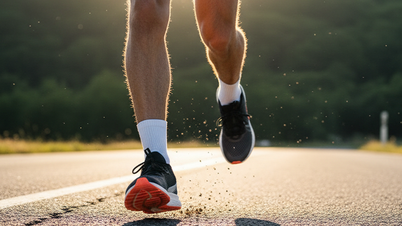
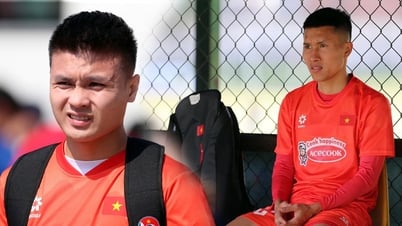
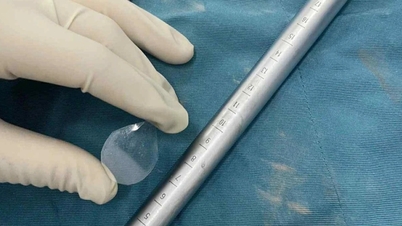



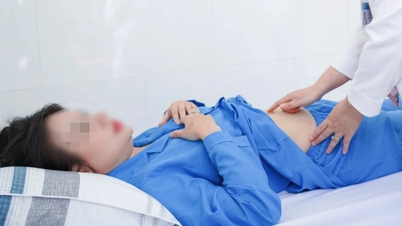
















![[Photo] Panorama of the cable-stayed bridge, the final bottleneck of the Ben Luc-Long Thanh expressway](https://vphoto.vietnam.vn/thumb/1200x675/vietnam/resource/IMAGE/2025/9/30/391fdf21025541d6b2f092e49a17243f)




































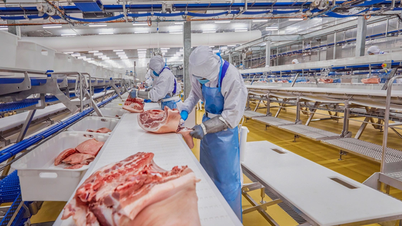

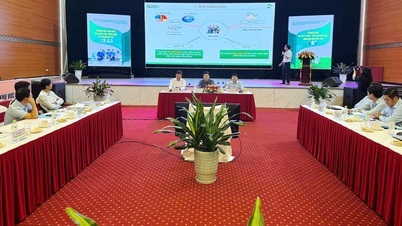
















Comment (0)